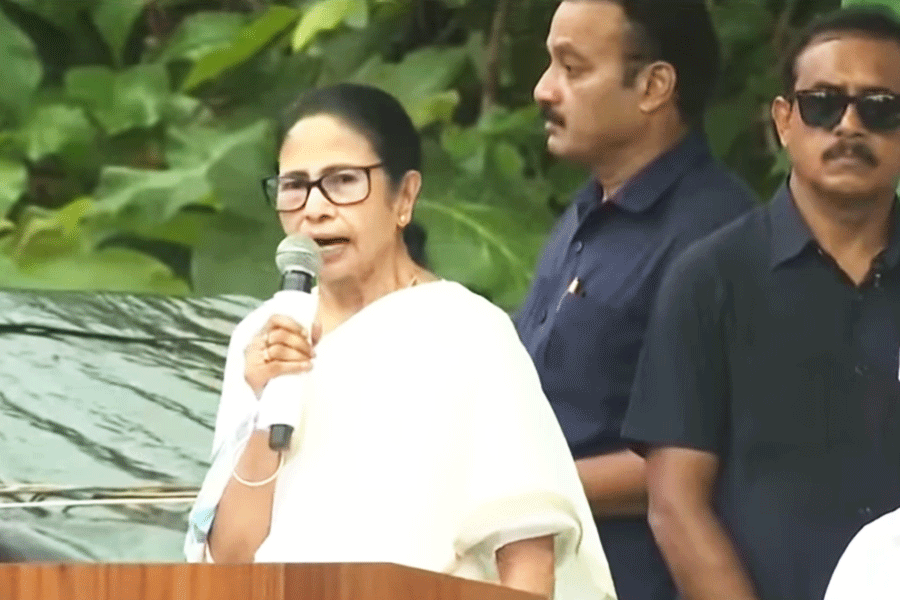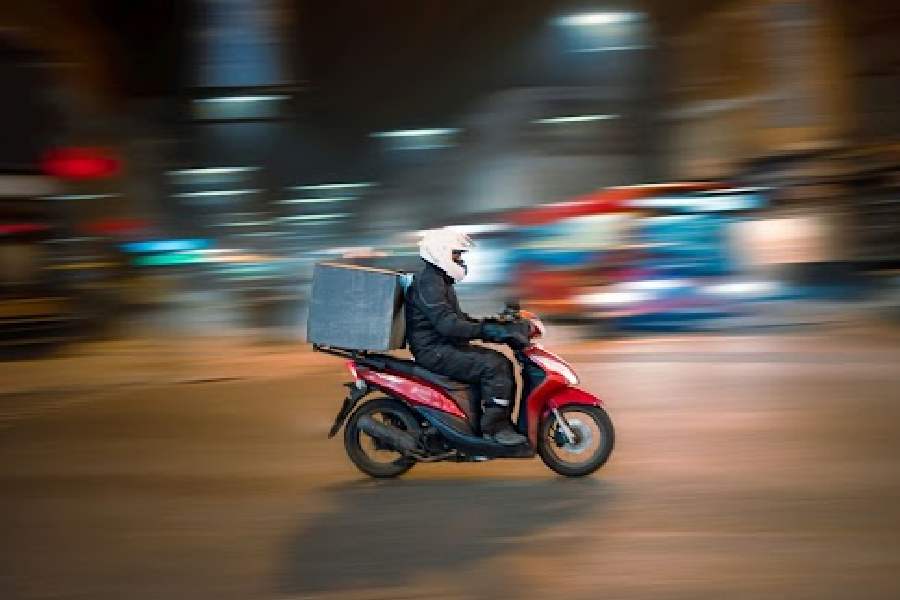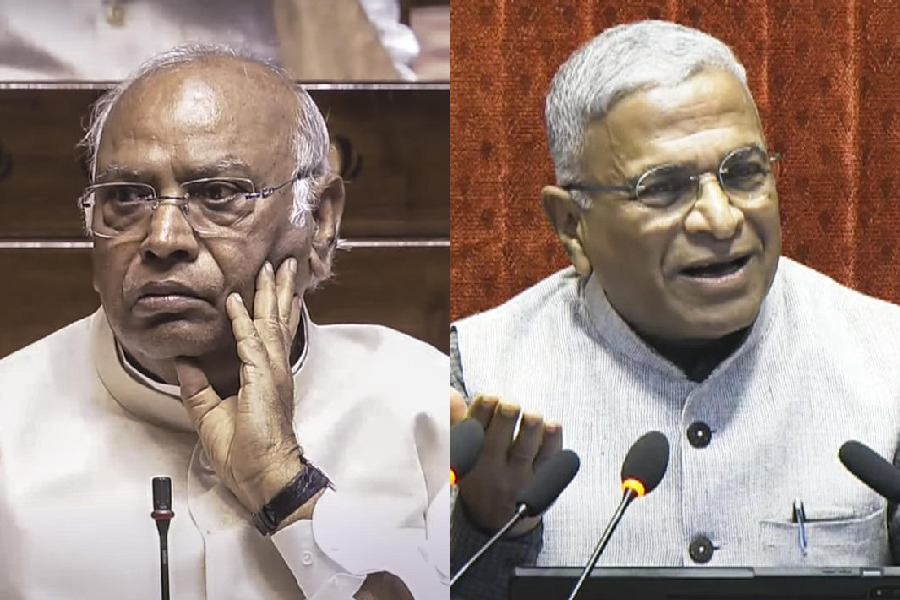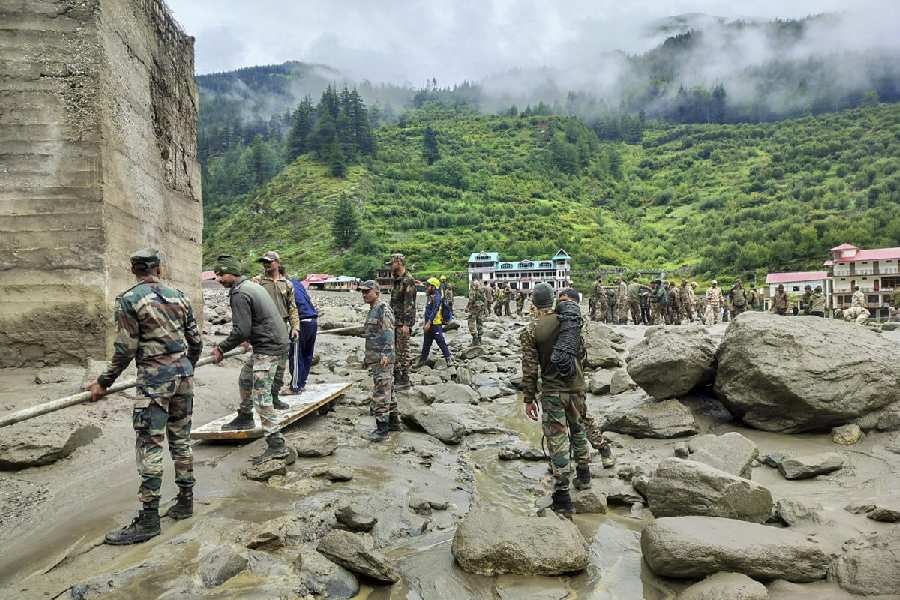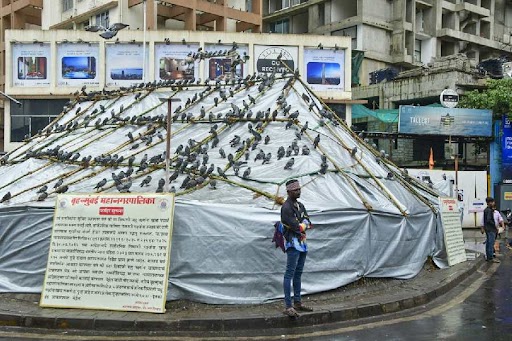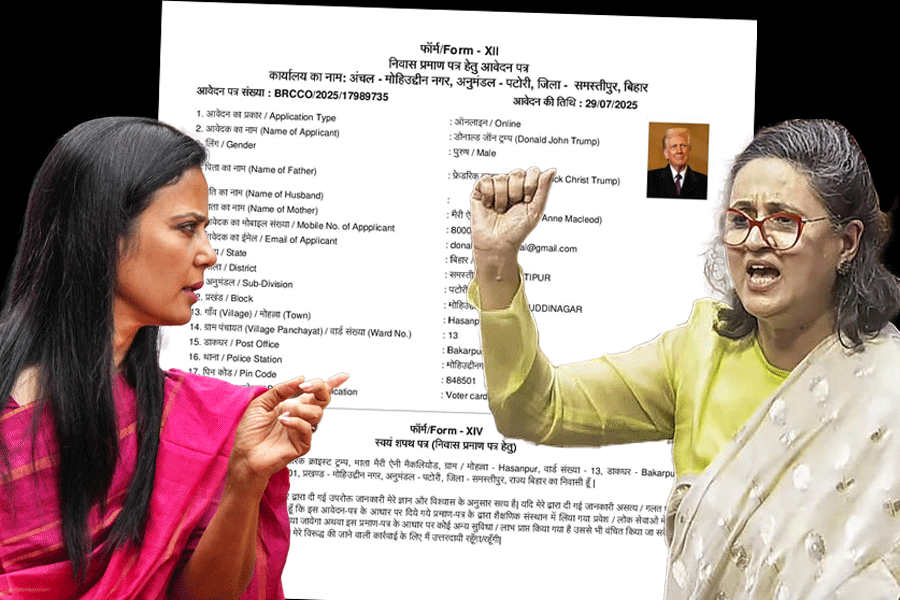
Kokrajhar, July 28: The Makra river has changed course in Chirang district of Assam over the past few days, charting a course of destruction in the area, following incessant rain in the Himalayan foothills.
The Makra, which flows downstream from Bhutan, broke its embankment at Narayanpur village in Bijni tehsil, north of Koilamoila, soon after entering north Chirang and merged with another river, the Asatpukha, which flows through the plains. At Khungkrajhora, the two rivers merged with a small irrigation canal, Gorsighot, which passes through the village.
Over 40 villages were submerged as the water started flowing through houses, paddy fields and road. As the river gained in width, the banks of the canal caved in at many places.
The river not only washed away houses in several villages like Khungkrajhora, Gobdapara, Boldi, Ambari, Makgragami, Durgapur, Subhaijhar, Malipara, Ledoara, Udalguri, Charagaon, Kathalguri, Dhologaon, Gobdapara, Subhaijhar and Choto Amguri but also damaged several acres of land. Since agriculture is the primary source of income for the residents of the area, the worst part of the calamity is the accumulation of silt, which affects the fertility of land.
“Eighty per cent of the water from the Makra is now flowing through the irrigation canal. As a result, the canal is overflowing and villages are getting flooded. The current is such that it appears improbably that anything can be done until the water recedes,” said D. Basumatary, a local resident who works for the welfare of villagers in the area. S. Narzary, a farmer of Khungkrajhora, said, “My jute cultivation was ready for harvesting. Now it is all gone.”
Another villager said, “Only three weeks ago I had planted rice saplings on my eight bighas of land. It is completely destroyed.”
“Everything we did this year is washed away, all gone. Floodwaters from Makra have taken away everything,” said another.
This is not the first time the Makra has wreaked havoc in the area. Similar disasters had occurred in 2012 and in 2002.
The genesis of the crisis lies in the 1984 flood, which changed the course of the river. In 2002, the river broke its embankment and started flowing through villages. With help from the government, thousands of villagers got together and repaired the embankment after which the river started flowing through the main course. But with heavy rain in the hills, the river changed its course again on Tuesday.
The people of the area expressed displeasure that the BTC and state governments did not take necessary measures over the years to tackle the problem by taming the river.
“The schemes taken up normally are of Rs 10-12 lakh only, which is merely an eyewash. We want proper measures to be taken up so that people don’t suffer at frequent intervals,” a local youth said.
The affected people are now taking shelter in nearby schools.


